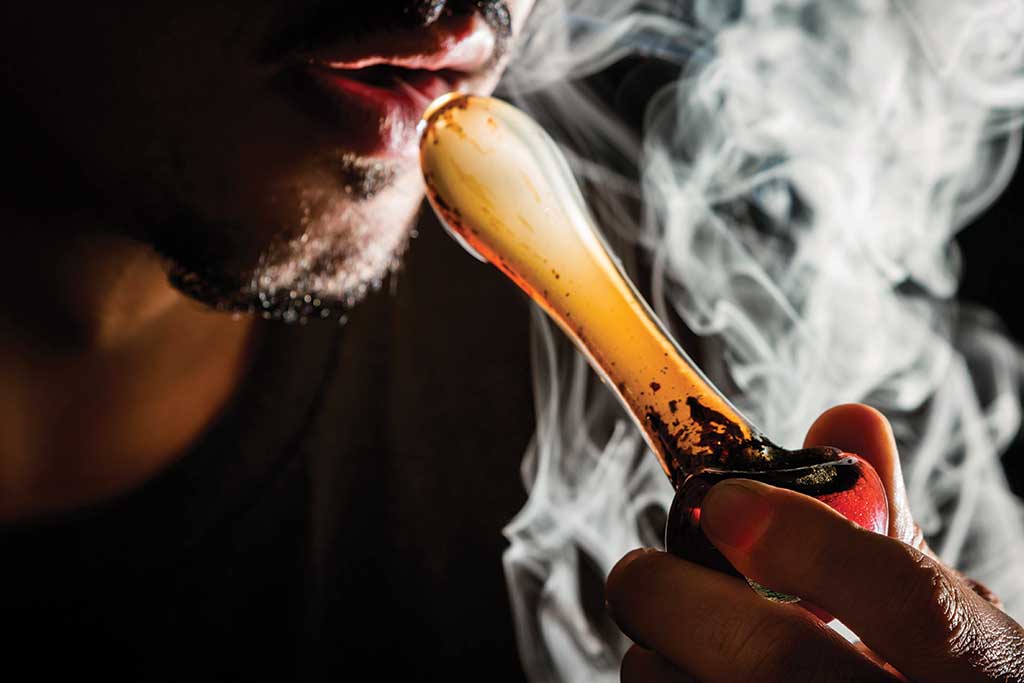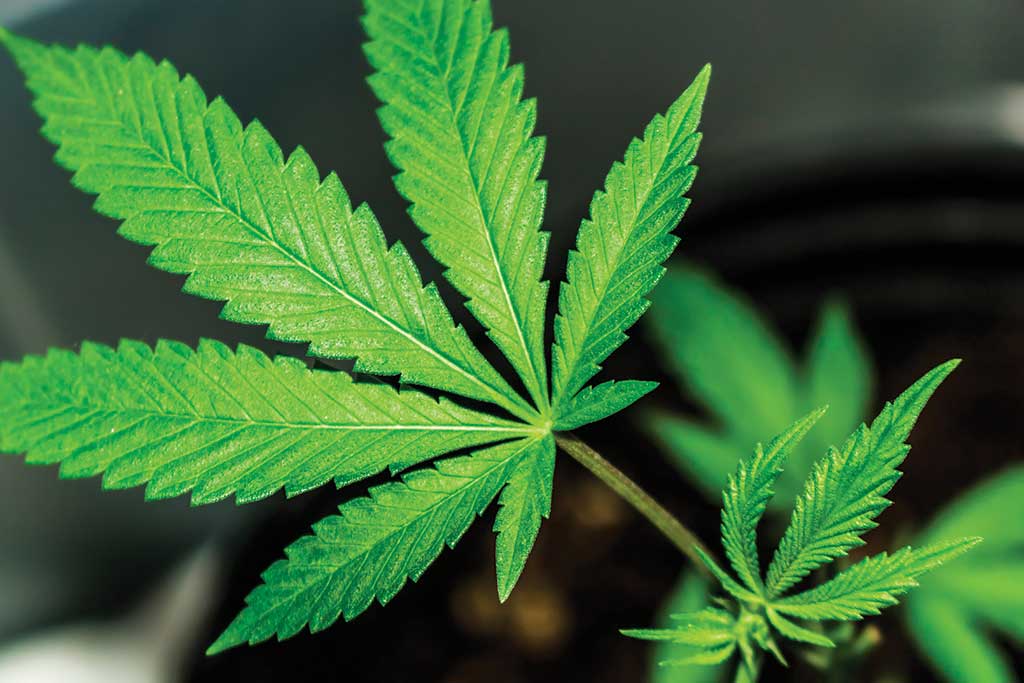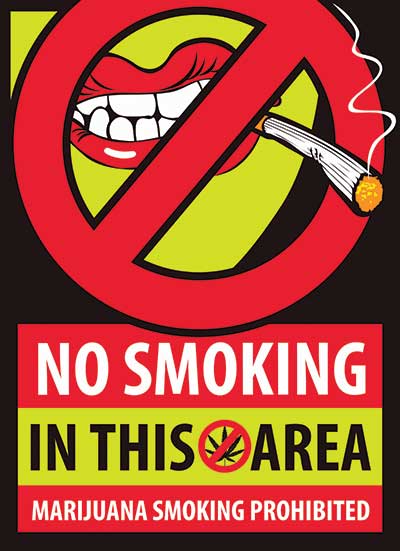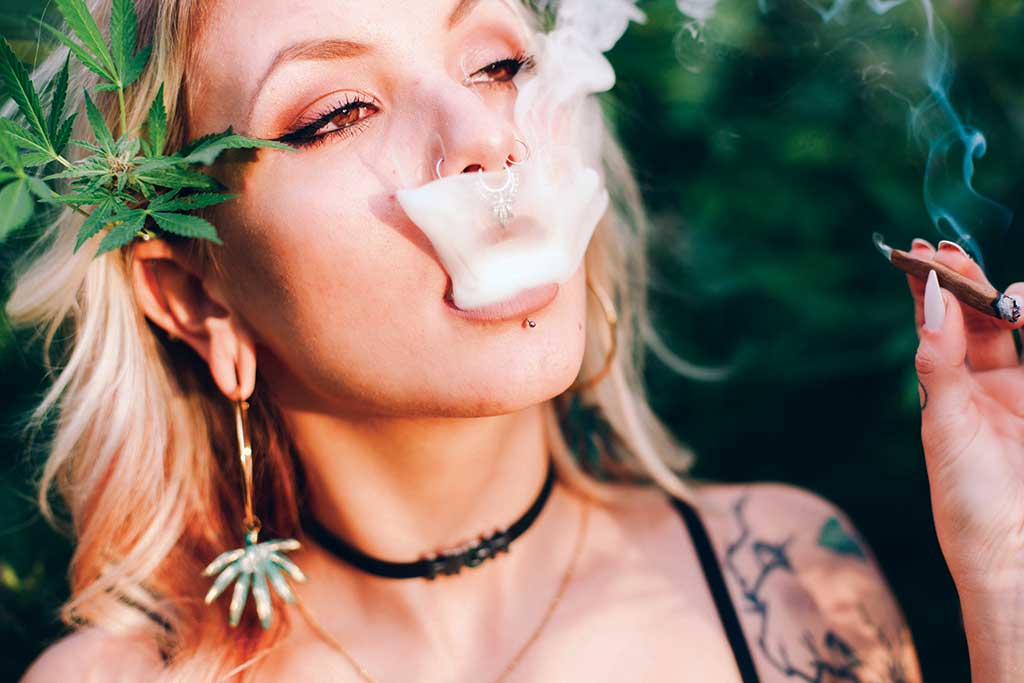As of this year, anyone can walk into a dispensary and purchase cannabis in Alaska, California, Colorado, Nevada, Oregon, Washington, Massachusetts, and Vermont. And on Election Night 2020 Marijuana was legalized for recreational use by Arizona, Montana and New Jersey.
There’s a new kind of tourism budding across America, and it’s growing bigger every day. Cannabis is the future, they say. “They” are retailers, farmers, manufacturers, marketers, government officials, and a wide array of entrepreneurs who are cultivating both crops, and the tangential businesses related to marijuana, including hospitality.
Consumers too are, of course, enjoying greater access than ever before, but they are restricted to either the 29 states that have legalized medical cannabis or the eight states with legal recreational weed.

Tourism is a big factor in the weed industry’s exponential growth. Travelers are a curious bunch, and it doesn’t matter their level of experience—pot is an enticing reason for many people to explore and experiment, especially on vacation.
Just as laws and regulations are rapidly evolving across state and federal levels, so are the products themselves. There are ever-evolving strains of marijuana and ways to consume it. We’re talking about sativa vs. indica, THC vs. CBD, smoking vs. vaping, topicals vs. edibles, flower vs. wax vs. shatter vs. oil.
In other words, no matter how much you know about cannabis, there’s probably plenty more you don’t know. Perhaps that’s why the green frontier is as daunting as it is exciting.
The States of Things
Twenty-two years ago, California made waves by becoming the first state to legalize medical cannabis. That notion was radical in 1996, considering the US government long ago labeled marijuana a Schedule I drug—putting it in the same category as heroin, LSD, and cocaine as a federally illegal substance deemed devoid of medical benefits and with high abuse potential. By comparison, even crystal methamphetamine, opium, and most opioids are schedule II, suggesting they all offer medical benefits.
Yet California voters passed the Compassionate Use Act of 1996 by nearly 56 percent, spurring four more state’s legal medical use in 1998, and two dozen more over the next two decades.
During the 2012 elections, the first recreational-marijuana laws in Colorado and Washington were enacted. With that vote, they became the testing-ground states, each with different regulations, licensing requirements, and taxation structures that, some believe, put undue financial burden on proprietors.
Still, tax revenue for each state’s cannabis sales was lofty from the start, raking in billions of dollars annually and rising. It caught the attention of other states, where consumers craved legal cannabis, lawmakers wanted more revenue, and entrepreneurs were eager to launch new businesses.


Cannabis Leaf
By 2016, six more states and the District of Columbia legalized recreational weed, and as of this year, anyone can walk into a dispensary and purchase cannabis in Alaska, California, Colorado, Nevada, Oregon, and Washington. Massachusetts and Vermont will join the roster in July 2018. Maine and Washington D.C. technically have legalized recreational pot, but both are in limbo while lawmakers (including US Congress, in D.C.’s case) duke out the details of their voter-approved initiatives.
The plot of this story thickened in 2018, when the current federal administration threatened to curtail legal marijuana sales, mainly through a lawsuit. Little action has been taken thus far, however, and cannabis advocates and detractors alike believe that the bud train already left the station, and it’s too far down the line to be stopped or even slowed at this point.
In fact, several more states are expected to consider legalizing recreational weed this year (Michigan, New Jersey, and Rhode Island among them), while nearly a dozen more are likely to approve medical marijuana (if not recreational too), including Arizona, Connecticut, Delaware, Ohio, and Kentucky.
This complex scenario of state laws that conflict with federal law, and the many other regulatory evolutions, has not deterred suppliers or consumers from doing their thing. The complications and infighting seem increasingly absurd compared to Canada’s upcoming nationwide legalization, expected to be in place later this year. (Only Uruguay currently has legal pot nationally; but many countries are pot-friendly, like the Netherlands and Jamaica.)
Bud Basics
So you’ve decided to visit a state with legal cannabis. There are many ways to get rolling, but they usually begin at a dispensary. Expect to show your I.D., since you’ll need to be over 21, and expect that you may have to wait a few minutes to speak with a “budtender” who can answer all your questions.
It’s best to know a few things before you go. For starters, there are two primary cannabinoids (chemical compounds) in cannabis. One is THC (tetrahydrocannabinol), the psychoactive compound that gets you stoned. The other is CBD (cannabidiol), which suppresses THC’s effects and is responsible for most of the plant’s medicinal benefits, such as treating epilepsy and reducing pain and inflammation. Most dispensaries carry dozens of weed strains that contain higher amounts of THC or CBD, or a balance of both.


Next, figure out what kind of high you’re after. If you’re looking for something energizing that stokes creativity and exploration, consider a sativa strain (it’s usually higher in THC). If you prefer something mellow that will promote muscular and mental relaxation, try indica.
Most dispensaries display their “flower” so you can see and smell it, with info cards that outline the strain’s name and price; whether it’s sativa, indica, or a hybrid; and proportions of THC vs. CBD. (The most powerful strains will usually measure more than 20 percent THC or CBD.)
Most strains have wacky names, but there is an etymology to it. For example, “kush” strains are usually higher in indica, so remember to find a cushy couch for those highs; but a “diesel” strain is usually a more active, sensory sativa high that may help elevate a hike or dance night.
The supremely important thing to remember is that these newer strains can be intense—way more so than the dime bags of the past. Even the most seasoned pot heads may not be accustomed to what’s sold at an average legal-weed dispensary. Remember to be cautious, and start with a dosage that’s lower than what you think you can handle. You can always have more, but too much could diminish your pleasure, or leave you crashed out on your hotel bed instead of out exploring a new destination.
Most budtenders tend to be aware of how potent the strains are, and advise visitors/newbies to start small. To put it in perspective, on a recent visit to downtown Denver’s slick Pure Marijuana Dispensary (1133 Bannock St. Tel: 303-534-7873. www.puremmj.com), I inquired about how many milligrams of a THC edible I should consume for a mild high. My friendly retail expert advised starting with a 5-MG THC chocolate square; then wait at least an hour to decide if I should nibble 5 MG more. After a while, he said, I’ll know how strong that particular chocolate bar is, and I can acclimate to the dosage to increase from there.
When I asked him how many milligrams he usually eats to get high, he said, “Right now my tolerance is pretty high, so I usually have to eat about 150 MG to really feel it.” In other words, the pro level is vastly different than the recommended amateur dosage.
You may be surprised at the almost never-ending cannabis variety for sale in any given dispensary. There are literally hundreds of types of edibles and drinks, and probably as many strains of flower. What’s more incredible is the assortment of “extracts,” including oil and wax for vaporizers (some vapes are disposable; and at around $20 each, they’re great for travelers). Then there are the purer extracts for dabbing and inhaling small amounts, like resin and shatter (an oil-based, hardened substance), which tourists may want to leave to veteran tokers.


Still, the array of pot’s forms and potency means there are plenty of options for everyone. “There are so many products made just for you: low dose, discreet, simple. And most importantly, beneficial,” says Joe Hodas, a longtime cannabis-industry executive who’s now chief marketing officer at the marijuana device-innovation company GoFire (www.gofire.co).
“Cannabis can be about more than partying or getting high. It can help with sleep, sex, focus, energy, pain—and there are so many ways to get there: topicals, vapes, edibles.” He adds that along with CBD, there are also CBN (cannabinol) and CBG (cannabigerol), which are non-psychoactive, and can offer benefits from pain alleviation to anxiety reduction to anti-bacterial effects. “The list of important cannabinoids has gone well beyond just THC,” he says.
Likewise, Sonya Fox, a patient consultant at Takoma Wellness Center (6925 Blair Rd. N.W. Washington D.C., Tel: 202-465-4260. www.takomawellness.com) believes in weed’s array of benefits.
“I think scientific evidence continues to reveal the wonderful and complex properties of this plant to treat everything from eczema to seizures,” she says. “It brings me a lot of joy to hear of people being able to regain their health and go on to live their best lives, all due to a little green plant. There’s nothing more amazing to me than that.”


